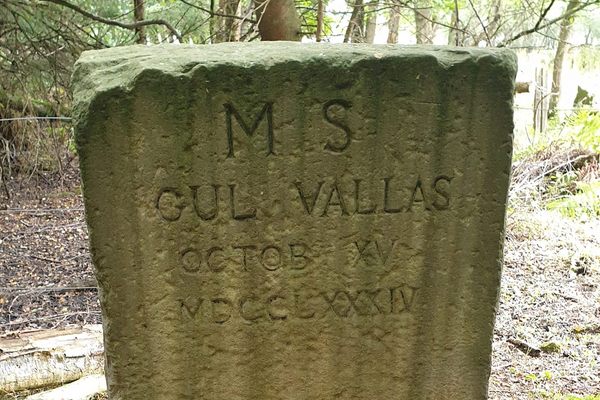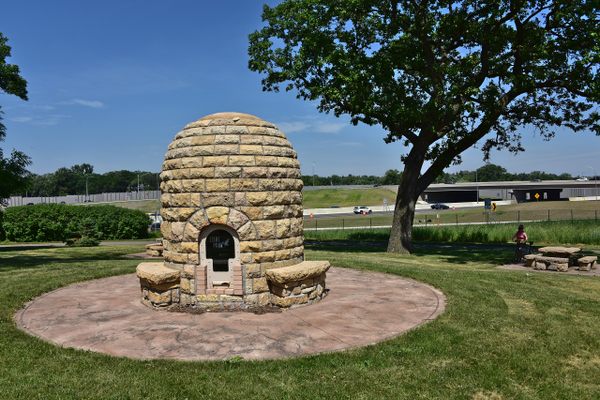About
“I think that I shall never see, a poem as lovely as a tree.” These words penned by the poet Joyce Kilmer so inspired the superintendent of St. Paul Parks, William LaMont Kaufman, that he designed this iconic fireplace in 1936. Kaufman saw the fireplace as the centerpiece of an arboretum and small woodland that survived the urbanization of the Como Park neighborhood surrounding it.
Alfred Joyce Kilmer dropped his first name and began a literary career around 1910, eventually becoming an editor, lecturer, interviewer, and famed poet. At the age of 30, he enlisted in the National Guard rising to the ranks of a sergeant, and was deployed to France to fight in World War I. Kilmer volunteered for hazardous duty and died while scouting the position of a German gun during the Second Battle of Marne.
Kaufman, himself a wounded veteran of WWI, was a member of the Joyce Kilmer Post of the American Legion. He convinced the post to financially support the building of The Kilmer Fireplace as well as a series of waterfalls to the west, called the Joyce Kilmer Cascades. The federal Works Progress Administration (WPA) provided the labor. Much of the stone was recycled from local buildings that had been demolished, including Saint Paul City Hall. For many years, the fireplace became a favorite destination for families to explore the woodlands and barbeque hotdogs. Locally, the fireplace became known as the Dutch Ovens, but the origin of that name is unknown.
In the 1960s, the fireplace began to fall in disrepair and became favored as a party place for teenagers. Maintenance of the Fireplace and the Cascades became a low priority for City of St. Paul Parks and Recreation Department (SPPRD). The fireplace was ruined by too many large fires and the Cascades were overrun by invasive vegetation. In the mid-2000s, interest grew to turn the woodland into an outdoor classroom and renovate the fireplace in Kaufman’s image as the centerpiece.
In May 2011, the Joyce Kilmer Fireplace was rededicated with some of Kilmer’s descendants present. Many volunteer hours have removed invasive species from the woodland and SPPRD’s Natural Resource Section designed the 17-acre Como Woodland Outdoor Classroom to include a variety of Minnesota native habitats, including short-grass prairie, tallgrass prairies, oak woodlands and forests, and a wet forest. Como Woodland is inhabited by various wildlife including foxes, coyotes, and the endangered rusty-patched bumblebee. Over 80 species of birds have been sighted in the Woodland (see the Outdoor Classroom website for a complete list). The classroom also serves as a school forest for a local school and has been used for various educational activities, such as poetry workshops, art classes, and environmental labs. The Cascades are still buried in the vegetation but the stonework is still there.
Related Tags
Know Before You Go
The fireplace is across the parking lot for McMurray Fields. (The official address might misplace the fireplace to the west.)
Visitors are welcome to wander throughout the woodland but should be aware that no restroom facilities or trash barrels are in the Woodland itself but are available in McMurray Fields to the south and picnic grounds to the north (not always available in winter). Many of the paths throughout the classroom are accessible and stone seating is available around the fireplace making it ideal for a picnic in the summer.
Published
June 24, 2021
































